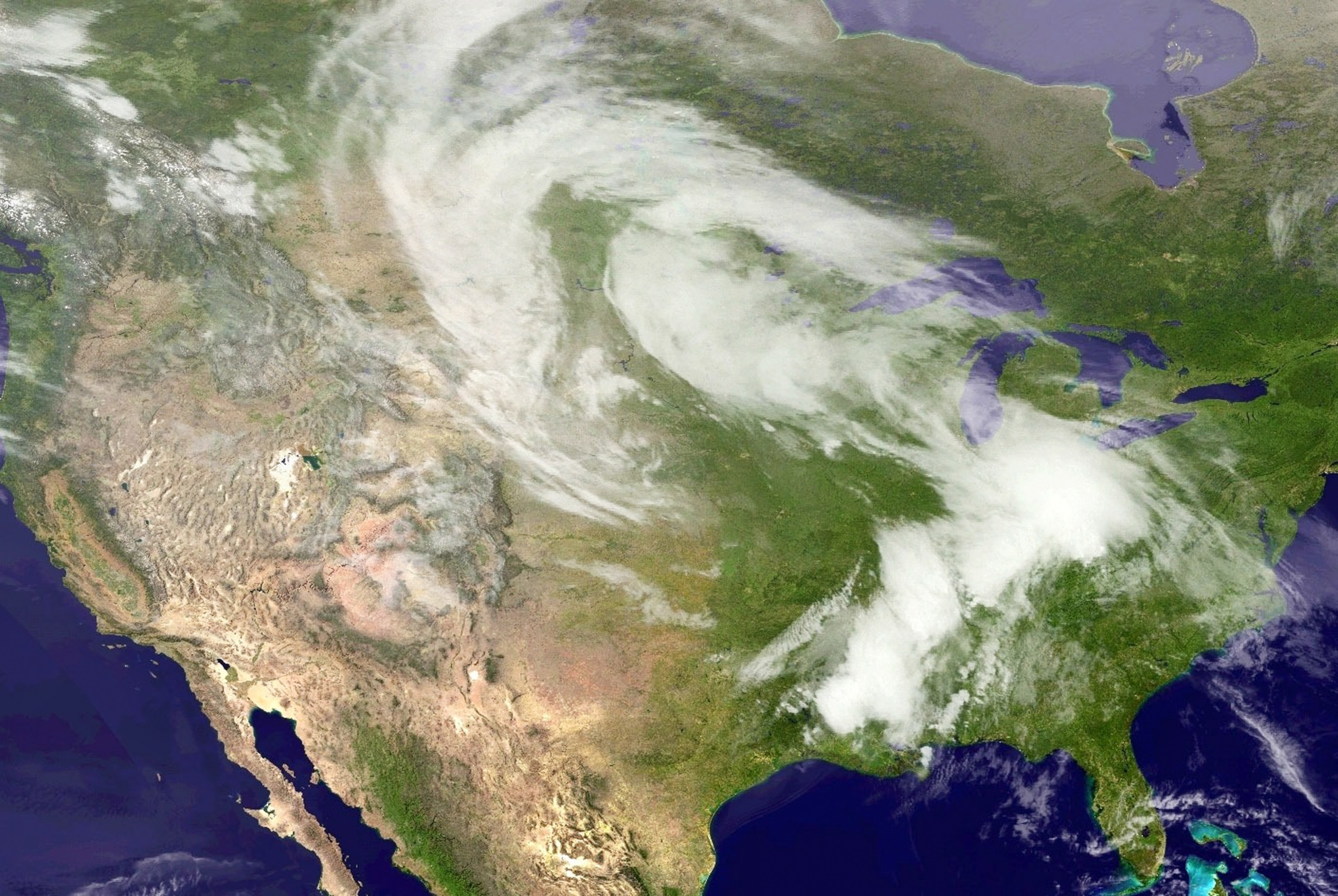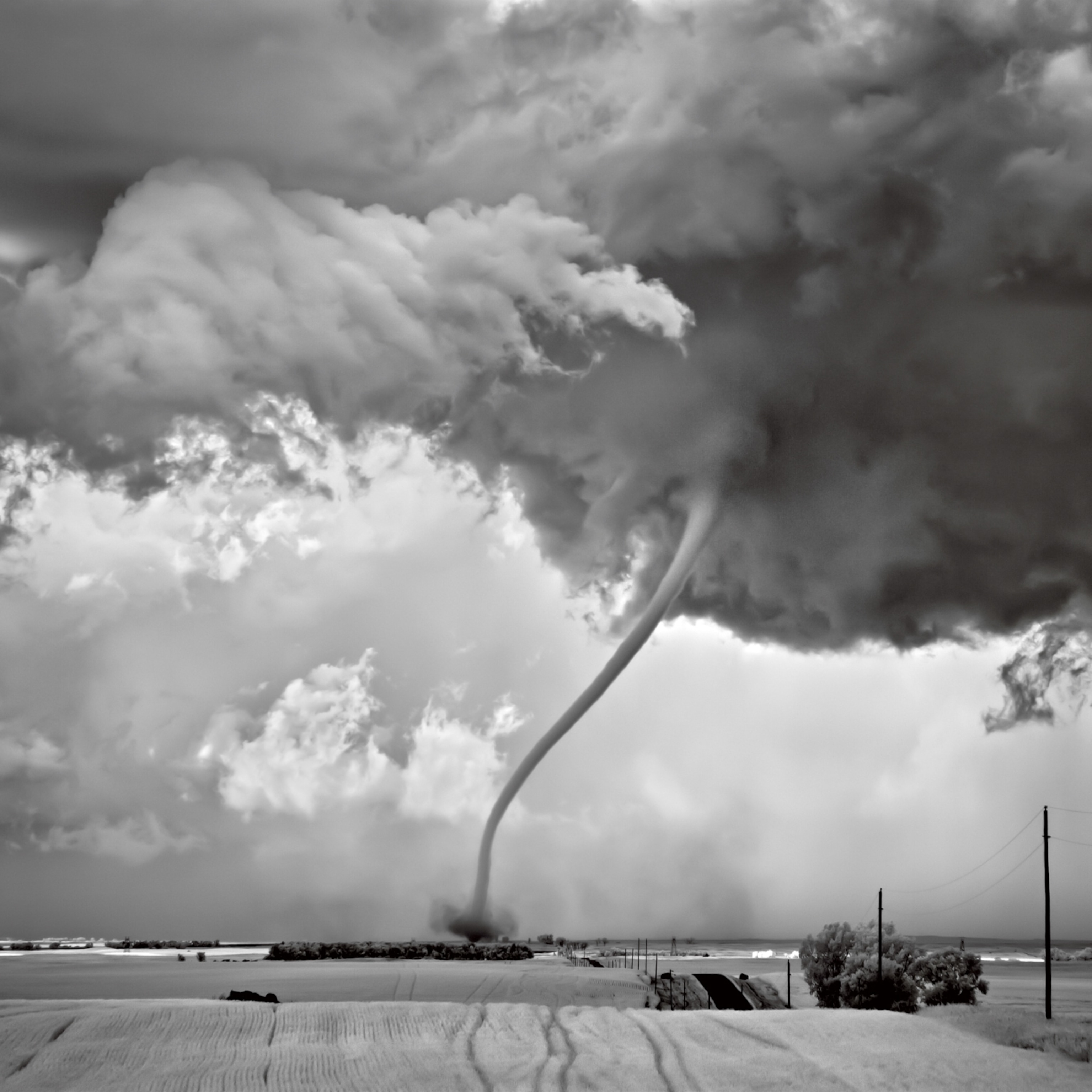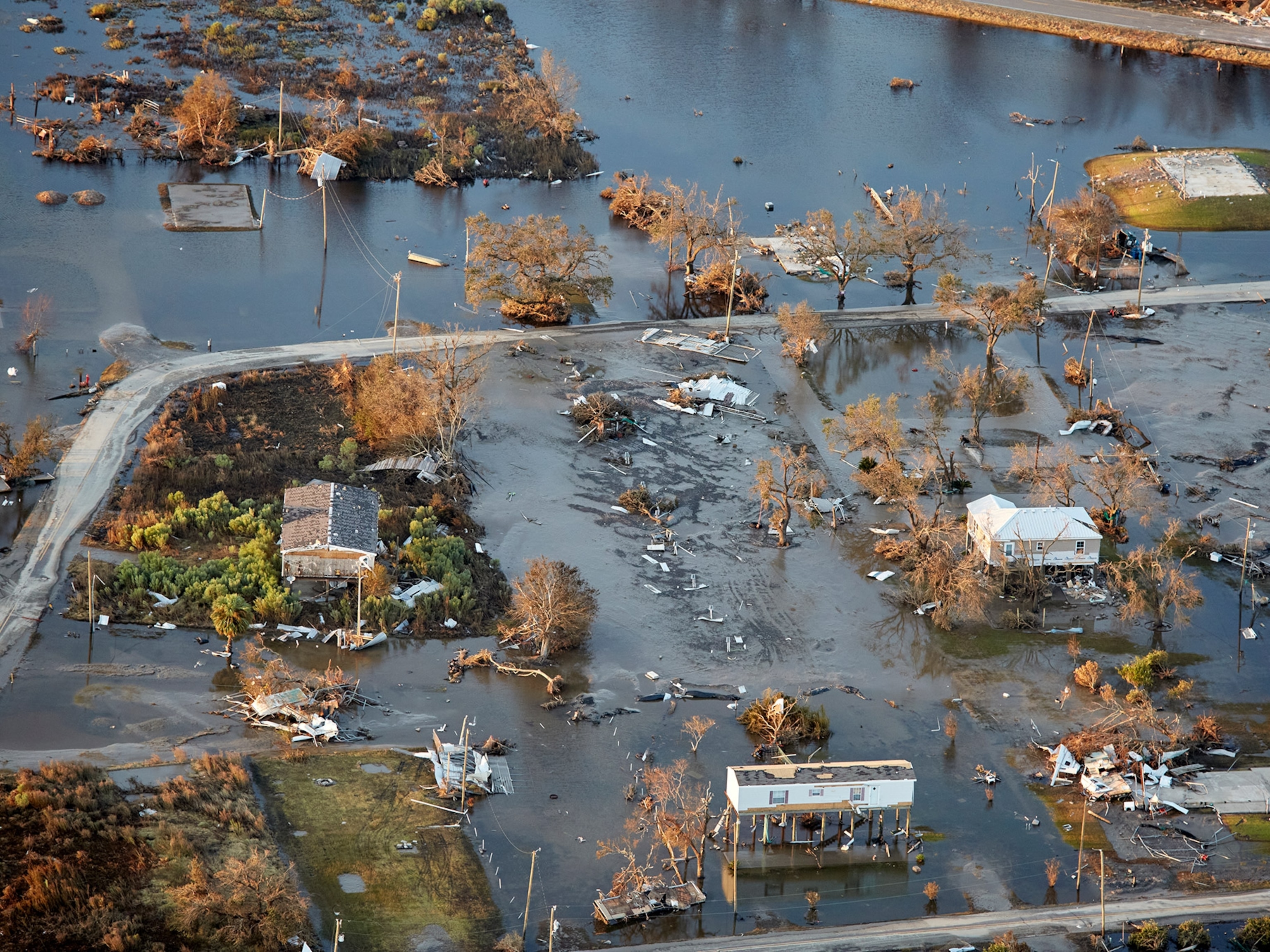
How Scientists Hope to Improve Tornado Forecasting
Can warnings be issued as much as 30 minutes ahead?
Tornadoes have claimed 29 lives in six states since Sunday, while warnings remained in place for 75 million Americans on Tuesday. The devastation is a reminder that forecasting still needs to get better, says a leading government scientist.
Louis Wicker, a meteorologist with the National Oceanic and Atmospheric Administration's National Severe Storms Laboratory in Norman, Oklahoma, manages the government's Warn-on-Forecast research project, which is aimed at improving tornado forecasts. (See "Tornadoes: The Science Behind the Destruction.")
Forecasters issue two kinds of tornado alerts. A tornado "watch" means that atmospheric conditions favorable to tornado generation are present in a certain area, denoted by a box on a map. A tornado "warning" means that evidence of a tornado has actually been spotted, usually by Doppler radar, which measures wind speed and direction and can thus detect rotating funnel clouds in their early stages—but so far no more than about 15 minutes in advance.
National Geographic spoke with Wicker on Monday about the status of the NOAA research project.
What are you trying to accomplish with the Warn-on-Forecast program?
Warn-on-Forecast is a ten-year program that started in 2010, so it has been going on for about four years. Its basic thrust is to try to determine if we can extend tornado warning lead time, to see whether forecasters can break the 15-minute barrier that we have been at for nearly a decade.
The idea is to combine very-high-resolution weather prediction models with radar, satellite data, and other storm-scale weather data, to see if we can predict the life cycle of individual storms.

How did scientists achieve the ability to warn of a tornado 15 minutes ahead?
They look at radar and the background environment that thunderstorms develop in. For example, yesterday and today it looked very conducive to large, long-lived rotating storms called supercells [in much of the southern and midwestern U.S.]. When I started college in 1979, forecasters did not know very much about the variety of conditions surrounding tornadoes, but now we understand the environments these storms form in much better.
Thirty years ago, before upgrades to Doppler radar, the average warning time was five minutes, which in those days, with communication speeds what they were, didn't give the public much time to react. During the late 1980s, a new radar system that could see both the rain and the wind inside the storms was deployed. By the time the WSR-88D Doppler radar upgrade was completed in 1993, average tornado warning lead time had nearly doubled.
Our understanding of storms has improved greatly since then, but a forecaster's ability to predict storm behavior from the radar data appears to be limited to about 12 or 15 minutes. Therefore, tornado warning lead times cannot be extended without using a new technology, such as high-resolution numerical weather prediction models. The NOAA Warn-on-Forecast project is trying to determine whether tornado lead times can be extended to 30-60 minutes using computer prediction of individual convective storms. (Read "The Last Chase" in National Geographic magazine.)
How does Warn-on-Forecast work?
There is a tremendous amount of new fine-scale weather data that has become available during the last ten years, [including] one-minute satellite images, "super-resolution" radar data, as well as hundreds of new surface weather stations. The Warn-on-Forecast program's goal is to take this firehose of new data, and more conventional weather data, and incorporate it into a computer model of the weather.
Using a mathematical process called data assimilation, the model and the data are blended together to rapidly generate a one-hour forecast to determine whether a storm is going to intensify, weaken, or produce strong rotation [that spawns tornadoes].
Weather prediction of high-impact phenomena is fraught with errors, and so meteorologists are now using ensemble forecasting to help not only tell us what might happen, but also to tell us how confident we should be about our forecast. Ensemble forecasting uses 50 weather prediction models simultaneously, each of which is slightly different from the others, to see how similar or dissimilar the forecasts are. Using all the forecasts will enable scientists to forecast to a swath of probabilities, instead of just yes or no warnings. (See "How Improved Tornado Forecasting Saved Lives in the Midwest.")
Have you had much success with the model to date?
We have had some successes, but it's not clear yet how reliable it will be. If you have a system that gives you the right answer only half the time, or it isn't better than the existing radar, it might not actually be viable, but we don't know that yet. I don't think we'll ever replace radar, but we hope to augment it.
To get a reliable system that extends warning times from 15 to 30 minutes would be a pretty tremendous accomplishment, but it's a really challenging problem. We need to understand why some cases seem to be more predictable than others.
For example, our models are fairly good at predicting the storm tracks by using the radar data from the April 2011 tornadoes in Alabama [that left 251 people dead]. Our success is probably due to the fact that the atmosphere around the storms was very conducive to producing long-lived supercells and tornadoes. It's the less severe and more tricky severe weather days that I hope we can add more value to.
What do you hope to improve besides warning times?
We're hoping we can cut the size of tornado warning boxes in half.
How will longer lead-time for tornado warnings be used by the public?
A lot of the warning process is about your tolerance for risk. For an individual it might be different than for a hospital. An individual doesn't take very long to get into a storm shelter, whereas a hospital might need to call in staff to help move patients or ready emergency rooms. It's the same with emergency managers, who would rather have the information so they can start planning.
The weather warning process is going through a rapid change due to technology and communication advances. Now most people are aware of the potential for severe weather one to two days in advance in their area.
As time goes on during an event, forecasters keep refining where and when significant weather could happen—for example, where the storms will form in two to three hours, or where existing storms might track during the next 45 minutes, then 30 minutes, 10 minutes, et cetera. Hopefully, we can narrow down the space and time where people need to worry about severe weather. Hopefully, that will help people to protect their families and their property—which is the goal of the National Weather Service warning process.
This interview has been edited and condensed.








